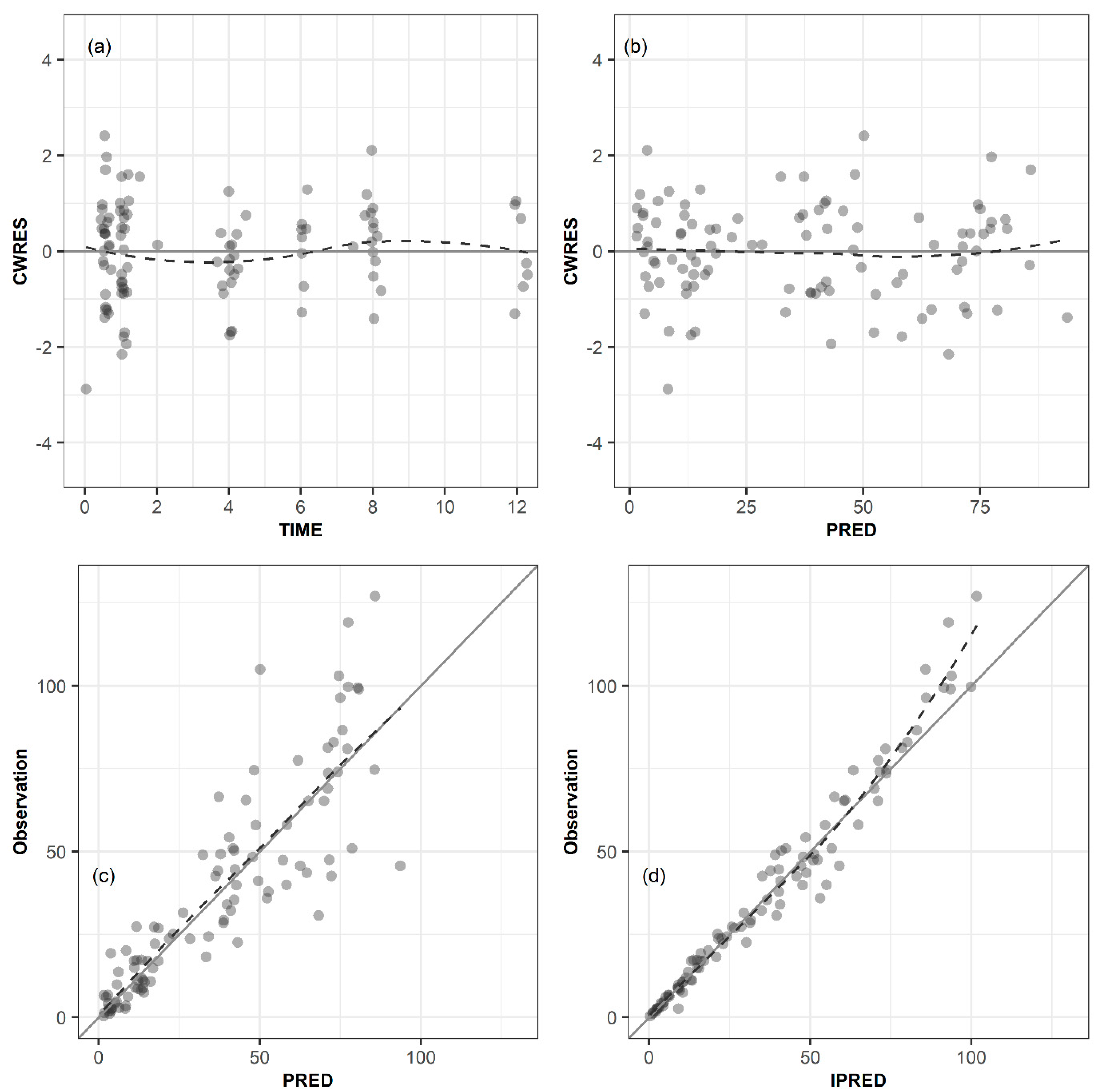
The average weighted residual error (WRE) of the PBPK model fit to the both the bolus and infusion phases was 15% similar to the WRE for just the constant infusion phase obtained by Schnider et. In order to fit the bolus injection phase, for 10 or the 24 subjects it was necessary to assume that a fraction of the bolus dose was sequestered and then slowly released from the lungs (characterized by two additional parameters). Only one adjustable parameter (the liver clearance) is required to describe the constant infusion phase for each individual subject. The PBPK model provides a good description of the experimental data over a large range of input dosage, subject age and fat fraction. al., Anesthesiology, 1998 88:1170 in which an initial bolus dose was followed 60 minutes later by a one hour constant infusion. The model was fit to the individual experimental data of Schnider et. It is assumed that the blood and tissue binding is determined by simple partition into the tissue lipid, which is characterized by two previously determined set of parameters: 1) the value of the propofol oil/water partition coefficient 2) the lipid fraction in the blood and tissues. The "standard human" PBPK parameters developed in previous applications is used.
Nonmem is predicting dv in steady state software#
PKQuest, a freely distributed software routine, was used for all the calculations.

This paper presents the first detailed human physiologically based pharmacokinetic (PBPK) model for propofol.

The standard approach to describing the pharmacokinetics is by a multi-compartmental model. It has unusual pharmacokinetics because of its high lipid solubility. Propofol is widely used for both short-term anesthesia and long-term sedation.


 0 kommentar(er)
0 kommentar(er)
